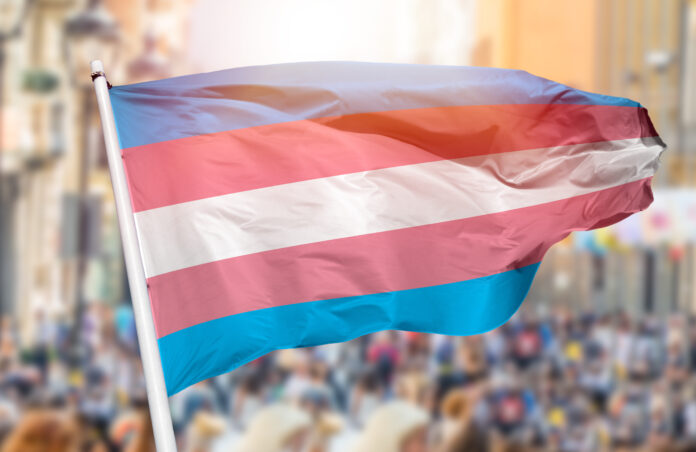I’m going to say this as plain as I can: non-transgender people — whether though malicious, willful ignorance or an innocent lack of understanding — fail to grasp what I consider the most essential fact of trans lives: we do not become transgender, we are transgender.
This fact is at the heart of much of the “groomer” panic, where a term used to describe the creation of an emotional bond with a young adult or child with the express interest in sexually exploiting or trafficking said young person, is twisted to imply that transgender people merely existing in the world is, somehow, “grooming” people to become transgender.
This is hand-in-hand with the quack theory that transgender people, usually younger transgender people, are affected by a “social contagion,” leading to “rapid onset gender dysphoria.”
You’ll sometimes see the argument that a child who enjoys activities that might otherwise be ascribed to a gender identity different from the one they were assigned at birth would, in today’s world, lead them to be “transed,” or that kids who might be lesbian or gay are being “converted” to transgender kids.
Of course, many who are making these arguments are making them in a completely disingenuous fashion. These are not serious people, and not the ones I am writing this column to. No, this is for those who might simply not wholly comprehend the very nature of being transgender.
For many non-transgender people, I can understand why they might find understanding and even comfort in such notions. They can likely not fathom how it may feel to be transgender, and can only look at though a non-transgender lens.
For them, they would need to somehow be turned into a transgender person in order to undergo all that we undergo, so they assume that this is true for all transgender people. Again, I note, that we do not become transgender, we are transgender.
I can trace moments throughout my history, dating back to as young as three years old when I first began to grasp that my sense of self was in opposition to how others saw me. I could not understand, even back then, why I was not allowed to dress like my peers, not comprehending the gender role I was expected to be in.
A few years later, I first heard about transgender people and, at the same time, that being transgender was shameful. Indeed, if I think of any presentation of transgender people in popular media in my formative years, they were framed in terms of scandal and perversion. There were no role models to aspire, only hints of sad, short, broken lives.
I fought against being transgender for many years, turning my hatred within. I did all I could to try to deny my own nature and be what was expected of me by my peers, by my family, and by society.
No one in my youth was “grooming” me to be transgender. Quite the opposite, given every piece of media I ever found treated us as something to be pitied, or lusted over, or hated — and, sometimes all three. Given how taboo the topic was, you would think I would never have wanted to transition.
Yet, as I said before, we do not become transgender, we are transgender. It wasn’t something I chose, nor was it something I became: it is simply a core part of who I am; the lens with which I have to view the world.
My experience may not be perfectly universal, but it does echo the experience of many, if not most, transgender people. Every transgender child who you read about today, who bigots may claim they are saving from being “turned transgender” by the very knowledge that transgender people exist may, just like me, grow up to be a transgender adult.
This is why so many transgender people care about trans youth: we know what it was like for us to grow up a trans child, how isolated many of us felt, and what it was like to feel so different from our peers. To live with shame, fear, and even self-loathing for something we never had a choice in.
We want to see the next generation of transgender people thrive in ways we never had the opportunity to. We want to see them to live in joy.
Then, as now, being out as a transgender person, and taking steps to address one’s trans nature — social transition and puberty blockers, as well as hormone treatments and even surgery for those of adult age — are not always easy to attain. In the course of entering any sort of transition, likewise, we still face misunderstandings, prejudice, and hatred from family and strangers alike.
Indeed, as I’ve written before, we live in a dangerous time where the media, politicians, and a great many others are trying to do all they can to somehow force transgender people out of society — or see us eradicated altogether.
Being transgender is not something I would wish on my worst enemies, and not something I think anyone does on a lark. Then, and now, it is a challenging path.
I do hope, however, that any transgender person, young or old, can achieve whatever they need to do to manage their own transition.
You see, we do not become transgender, we are transgender.
Gwen Smith thinks trans joy is vastly more powerful than anti-trans hate. You’ll find her at www.gwensmith.com/.
